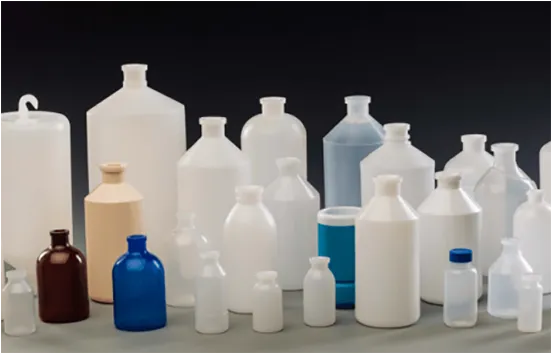Innovative Plastic Vials for Safe Drug Storage and Delivery Solutions
The Emerging Role of Plastic Drug Vials in Pharmaceutical Packaging
In the ever-evolving pharmaceutical industry, packaging solutions are paramount for ensuring the safety, efficacy, and stability of drug products. Among the various packaging materials, plastic drug vials have gained significant traction due to their numerous advantages over traditional glass vials. As the demand for innovative packaging solutions grows, understanding the benefits and challenges associated with plastic drug vials is crucial for all stakeholders involved in pharmaceuticals.
One of the most compelling advantages of plastic drug vials is their lightweight nature. Unlike glass vials, which can be heavy and fragile, plastic vials are considerably lighter, making them easier and more cost-effective to transport. This can lead to reduced shipping costs and a smaller carbon footprint, which aligns with the growing emphasis on sustainability in the pharmaceutical sector. Additionally, the reduced risk of breakage associated with plastic vials minimizes waste and enhances safety during handling and transportation.
Plastic vials also offer superior flexibility in design and customization. Manufacturers have the ability to produce vials in various shapes and sizes, accommodating a wide range of drug formulations. This versatility allows pharmaceutical companies to create eye-catching packaging that enhances product visibility on pharmacy shelves. Furthermore, advancements in plastic technology enable the incorporation of features like tamper-evident seals and child-resistant closures, which are essential for ensuring patient safety.
plastic drug vials

Another significant advantage of plastic vials is their compatibility with modern drug delivery systems. Many biologics and sensitive drugs require precise dosage and administration methods. Plastic vials can be designed to work seamlessly with sophisticated dispensing systems, ensuring accurate delivery and reducing the risk of dosing errors. This compatibility is vital in a healthcare landscape increasingly focused on personalized medicine and tailored treatment options.
However, the shift towards plastic drug vials does not come without challenges. One of the primary concerns is the potential for leachables and extractables, substances that may migrate from the packaging material into the drug product. Regulatory agencies emphasize the importance of thorough testing to ensure that plastic materials do not compromise the integrity of the drugs they contain. As a result, pharmaceutical companies must partner with reliable plastic manufacturers that adhere to stringent quality standards.
Another consideration is the environmental impact of plastic waste. While plastic vials offer numerous benefits, the growing concern over plastic pollution prompts many companies to explore sustainable alternatives. The industry is gradually shifting towards biodegradable or recyclable materials that minimize environmental harm without sacrificing functionality.
In conclusion, plastic drug vials are rapidly becoming an essential component of pharmaceutical packaging due to their lightweight nature, design flexibility, and compatibility with modern dispensing systems. Despite the challenges related to safety and environmental concerns, the benefits they offer make them an attractive choice for the industry. As advancements in materials science continue to evolve, we can expect to see further innovations in plastic drug vial technology, ensuring that they meet the stringent demands of modern pharmaceuticals while contributing to a more sustainable future.
-
Aesthetic Makeup Spray Bottles | Fine Mist Empty RefillableNewsAug.19,2025
-
White Plastic Veterinary Vaccine Vials | Lab Liquid BottlesNewsAug.18,2025
-
Plastic Medicine Liquid Bottle: Secure Flip Top Drug VialsNewsAug.17,2025
-
Durable 250ml Blue Plastic Vaccine Vial for Lab & Vet UseNewsAug.16,2025
-
Sterile Virus Sample Tubes: Secure & Reliable Specimen CollectionNewsAug.15,2025
-
White 250ml Plastic Vaccine Vial for Lab & Vet MedicineNewsAug.14,2025
























